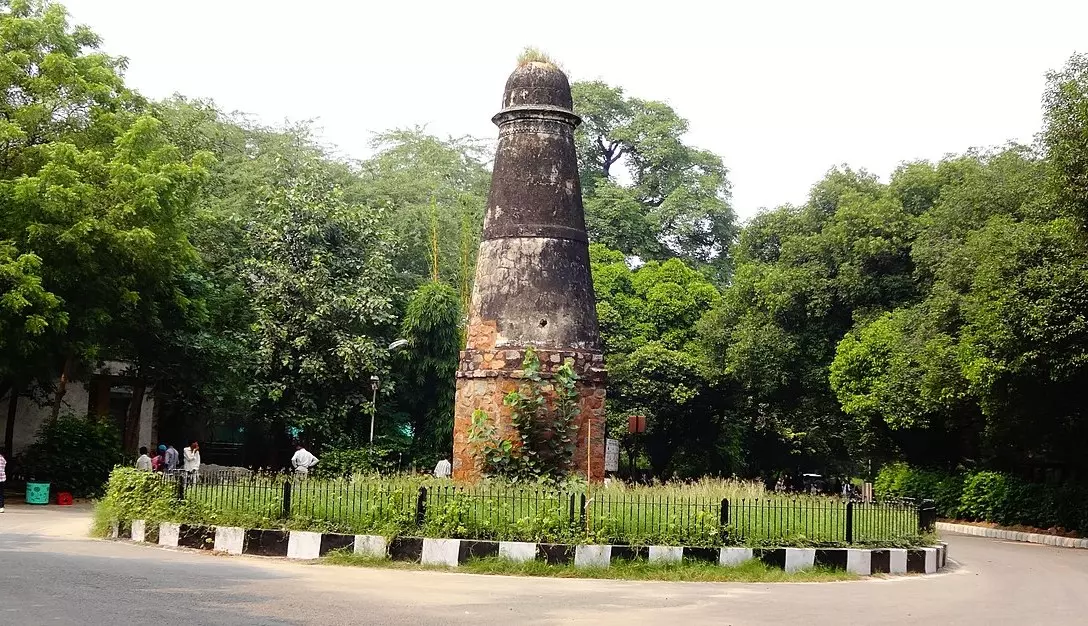
ASI to delist 18 protected monuments that went ‘missing’; what does it mean?
Once delisted, regular construction and urbanization activities can occur near these monuments, which were so far protected under the AMASR Act, 1958

The Archaeological Survey of India (ASI) last month decided to delist 18 centrally protected monuments that were previously categorized as “untraceable” and have now been assessed to lack national importance. These 18 monuments were in the list of 24 “untraceable” monuments submitted by the government to a parliamentary committee last year.
What does delisting a monument imply?
Delisting effectively implies that the ASI will no longer conserve, protect, or maintain these monuments.
Once delisted, regular construction and urbanization activities can occur near these monuments, which were so far protected under the Ancient Monuments and Archaeological Sites and Remains Act, 1958. The AMASR Act restricts construction-related activities around protected sites.
However, Section 35 of the AMASR Act empowers the Centre to declare that a monument has ceased to be of national importance.
How can a monument go “missing”?
Several factors — including rapid urbanisation, submergence by reservoirs and dams, neglect over time, non-availability of proper location information, and the remote locations of the monuments — can make a structure become untraceable.
As cities expanded and urban areas were developed, some monuments were engulfed by modern structures. Several monuments were submerged during the construction of reservoirs and dams. Some monuments were situated in remote or densely forested regions, which posed difficulties in tracking them or even verify their existence.
Some monuments simply crumbled due to neglect, leading to their gradual disappearance. In certain cases, historical records did not provide precise details about the location of these monuments. This made tracing them challenging.
The monuments to be delisted
Among the monuments facing delisting are a medieval highway milestone known as Kos Minar No. 13 in Haryana’s Mujessar village, the Copper Temple in Arunachal Pradesh, Barakhamba cemetery and Inchla Wali Gumti in Delhi, and an inscription in the fort of Bachhaun in Madhya Pradesh.
Two are in Rajasthan — a 12th-century temple in Baran and an inscription in a Jaipur fort — while one is in Kutumbari area, Uttarakhand. Uttar Pradesh has the most missing monuments. These include Gunner Burkill’s tomb in Jhansi district, the Telia Nala Buddhist ruins in Varanasi, a banyan grove in Ghazipur, cemeteries at Gaughat in Lucknow, Katra Naka, on Jahraila Road, and Lucknow-Faizabad Road, the remains of three small temples, and a tablet on the Treasury Building.
When did the ASI realise the monuments had gone “missing”?
Following a first major physical verification exercise done by ASI since Independence, the Comptroller and Auditor General (CAG) had in 2013 declared 92 monuments as “missing”.
However, of those 92 “missing” monuments, the ASI later managed to trace 42. In 2015, then Culture Minister Mahesh Sharma had said in a written reply in Lok Sabha that “24 monuments are missing/untraceable”.
He had said the ASI had made various efforts to trace the “untraceable” monuments, including meticulously examining historical records, manuscripts, and documents, studying revenue maps, carrying out on-site inspections, and deploying dedicated teams to trace the missing monuments.
The ASI even joined hands with ISRO for the preparation of satellite-based maps indicating protected monuments.
Then, on December 8, 2023, the Ministry of Culture confirmed to the Parliament that the remaining 50 had indeed “gone missing”. The statement in Parliament was from a report titled “Issues relating to Untraceable Monuments and Protection of Monuments in India” submitted to the Parliamentary Standing Committee on Transport, Tourism and Culture.
The ASI, which operates under the Ministry of Culture, had said 14 of the 50 missing monuments were lost to urbanisation, 12 submerged by reservoirs or dams, and 24 remained “untraceable”.
Some of these missing monuments are in Assam and West Bengal, too, barring the ones in UP, Delhi, Haryana, Arunachal Pradesh, and Uttarakhand.
How many monuments are protected currently?
The ASI currently oversees 3,693 monuments, which will go down to 3,675 after the delisting.
Don’t want the monuments delisted? Here’s what you can do
The Centre issued a gazette notification on March 8, declaring its intention to delist the 18 monuments. It has also invited “objections or suggestions” from the public within two months. So, you can send your feedback by May 8 if you do not want the said monuments to be delisted.

